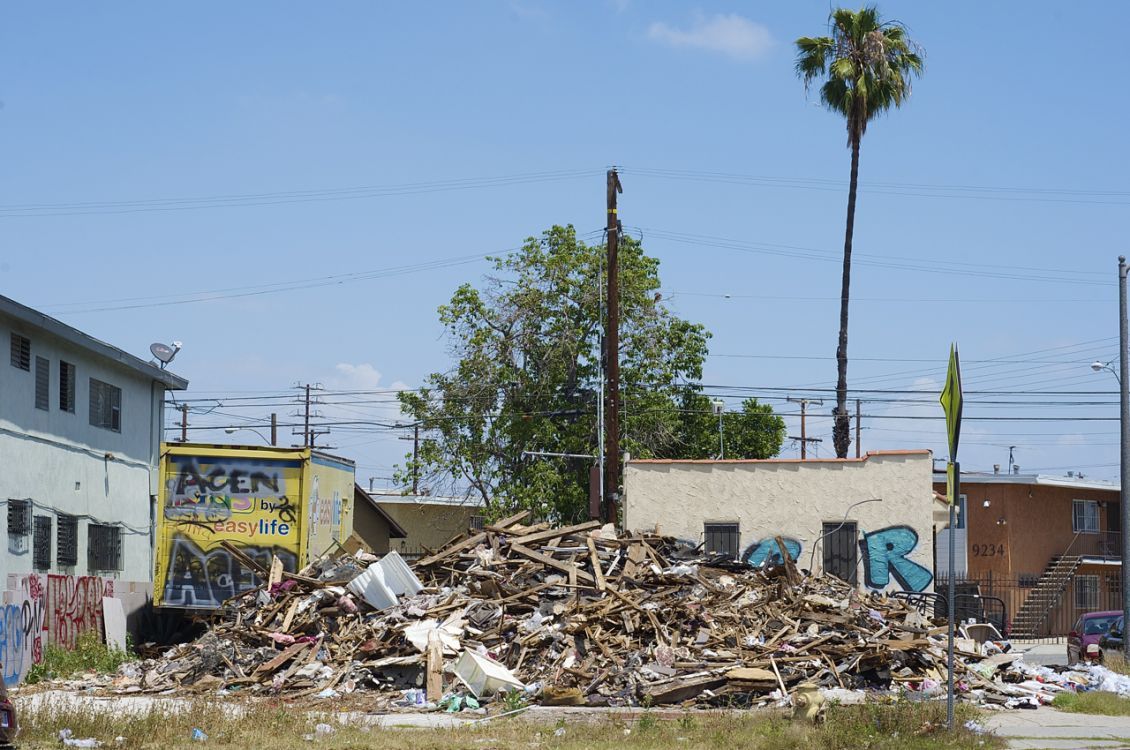On December 10, Enterprise, HUD, and Fannie Mae held a joint webinar to unveil the Ready to Respond: Business Continuity Toolkit, created to equip multifamily affordable building owners and managers with a plan to address crises. More than 1,800 attendees joined the event from the U.S. and globally representing various sectors, including the insurance, banking, government, and nonprofit sectors.
Speakers included Priscilla Almodovar, Chief Executive Officer, Enterprise Community Partners, Laurie Schoeman, National Director, Resilience and Recovery, Enterprise Community Partners, Renee Glover, Board of Directors, Fannie Mae, Board of Trustees, Enterprise Community Partners, Inc., Founder, The Catalyst Group, Janet Golrick, National Disaster Coordinator, U.S. Department of Housing and Urban Development and Jeffery Hayward, Executive Vice President, Chief Administrative Officer, Fannie Mae.
Undoubtedly 2020 was an unprecedented year, marked by a record number of storms and destructive fires in California’s history as well as a global pandemic. These events have a devastating effect on communities, causing billions of dollars in property damage. In 2020 alone, disasters across the U.S. caused nearly $95 billion in damage, reminding us that robust resiliency plans to mitigate the impacts are crucial, especially since COVID-19 and natural disasters disproportionately impact the most vulnerable and marginalized communities, which take the longest to recover.
“These disasters only compound the housing shortage.” -Priscilla Almodovar, Chief Executive Officer, Enterprise Community Partners.
In the past 15 years, millions of American homes have been damaged or destroyed by extreme weather events. A recent study by the Climate Central estimates that “by 2050, virtually every coastal state is expected to have at least some affordable housing exposed to more than one coastal flood risk event per year, on average—up from about half of coastal states in the year 2000.” Yet nearly 200,000 federally subsidized rental housing units are located in floodplains. Another report projects that 30 million people live in the combined 100-year and 500-year flood plains, mostly low-income and communities of color.
As communities suffer multiple events in shorter periods of time, the number of impacted housing units, especially affordable multifamily housing units is staggering. States are recognizing the need to adopt mitigation and resilience measures. As Renee Glover, Board of Directors, Fannie Mae, Board of Trustees, Enterprise Community Partners, Inc., Founder, The Catalyst Group highlighted “we can't continue on this path. We can't take care of ourselves without taking care of our neighbors”.
The billions of dollars spent exemplify why preparedness is crucial, if we were able to spend more funding on preparedness and mitigation rather than recovery efforts, communities would be in a much better place when an event does occur. “If we’re going to spend money, we’re spending it once and spending it right.” -Jeffery Hayward, Executive Vice President, Chief Administrative Officer, Fannie Mae.
Business Continuity Toolkit for Affordable Housing Organizations
As Laurie Schoeman, Enterprise’s National Director Resilience and Disaster Recovery stated, “our new normal is an age of volatility and uncertainty, where the risks we are facing are coming at us all too quickly and we have to respond in often a matter of minutes.” To that end, Enterprise, in partnership with Bellwether Enterprise, HUD, and Fannie Mae created the best-in-class tool aiming to help maintain business continuity in the face of extreme risk.
The Ready to Respond: Business Continuity Toolkit which is available for free, is a guide developed specifically for affordable multifamily housing organizations, small and large. The toolkit helps users develop comprehensive disaster staffing plans to protect buildings while engaging residents and keeping continuity of service. The basic components of the plans include the creation of a common operating picture, situational awareness, operational periods, coordination, communication, and information sharing. All these components are packed together in easy-to-use templates that can be customized.
“This toolkit provides organizations with a step by step process to think through how your organizations will respond, what community relationships are important to cultivate and, most importantly, to ensure the residents are ready to respond as well.” -Janet Golrick, National Disaster Coordinator, U.S. Department of Housing and Urban Development.
Major Takeaways and Best Practices
- Build resiliency during steady state and constantly test the business continuity plan.
- Increase engagement of residents, even commercial tenants so that residents know what resources are available to them and how to work together in partnership.
- Increase alignment and coordination between government agencies at all levels of government to create the right incentives to develop plans to help recover quickly.
- In addition to evacuation plans, invest in rehabilitation with better standards and improve the quality of the infrastructure to withstand future disasters.
- As we build resilience, we need to do so equitably and comprehensively; mitigation should be a community-wide effort that benefits all parts of the community.
Overall, no matter the sector, everyone has an opportunity to set a vision for a safer housing mission by working together with partners. Therefore, having an effective, well-coordinated plan in place before a disaster strikes can make all the difference in the recovery for multifamily buildings, partner agencies, and the safety of tenants. Find more information on the Ready to Respond toolkit.
For inquiries, please contact Laurie Schoeman, Enterprise’s National Director-Resilience and Recovery.
